Death, rituals and outlaws: How PBS stations are using YouTube to reach young and diverse audiences
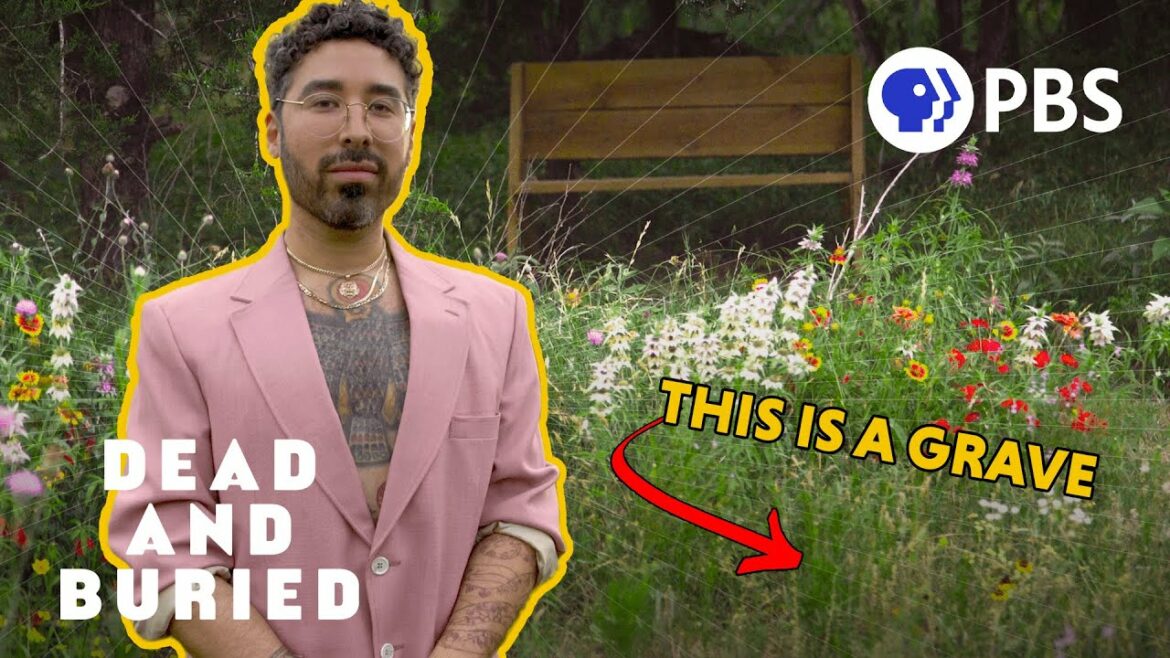
PBS Digital Studios
Social media personality Curly Velasquez hosts the PBS Digital Studios series "Dead and Buried," produced by Houston Public Media.
It was spring 2022, and it was almost time for Houston Public Media to commit to an idea for a YouTube series.
The station was one of three organizations to receive CPB funding through PBS for an initiative to produce programs for YouTube. The objective from PBS Digital Studios was clear: Devise a show that would appeal to young and diverse audiences and that also increased diversity behind the camera.
HPM first envisioned Welcome to Alief With Mo Amer, a series announced by PBS in July 2022 that would explore “an ethnically diverse neighborhood that, according to Census data, currently mirrors what America will look like in 2050.” The potential host was Mohammed Amer, a comedian with a stand-up special on Netflix as well as a scripted series with the streamer. But because of conflicts with Amer’s schedule, HPM and PBSDS tabled the concept.
HPM pivoted to an idea sparked by Don Geraci, the station’s senior director of programming and outreach. Titled Dead and Buried, the series would cover the topic of death from a variety of angles, such as how Gen Z uses humor to cope with the inevitable. It didn’t hurt that Houston is home to the National Museum of Funeral History, so local experts were available to help with episodes.
“The idea really developed from being a purely historical show around different burial customs to becoming something that more so emphasizes our society’s relationship to death,” said Tamar Price, digital EP for HPM. “We went in that direction because we felt it wasn’t something that was covered widely, that it was something unique to the PBS digital space.”
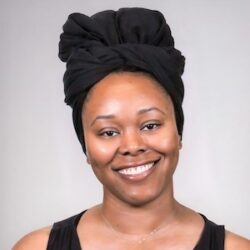
Released in June, Dead and Buried’s first episode, “Why This Nature Preserve Is Also a Cemetery,” follows the formula of other successful PBS programs made for YouTube. Like Sound Field, Say It Loud, Monstrum and It’s Lit, episodes of Dead and Buried are brief, informative and propelled by a young host.
It’s a formula PBS Digital Studios knows can work after years of producing shows for YouTube. Now it wants more stations to get in on the action.
‘Youthful fan base’
A lot has changed since PBSDS launched in 2012. More viewers are watching video via streaming, with options on more platforms than they have time for, including TikTok. PBS is trying to adapt to these developments as legacy broadcasters bleed audiences and revenue.
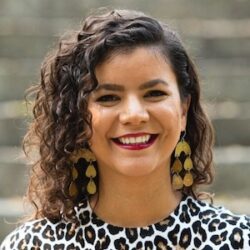
One path forward is reaching younger consumers, whose viewing habits typically differ from those of the average PBS audience. Maribel Lopez, hired in late 2021 as head of PBSDS, is a key decision-maker in PBS’ goal to reach those very online viewers.
To get more stations to produce online series, PBSDS created Regional Digital Content Innovation Centers. Announced in 2021 with help from a $3 million CPB grant, the centers selected were HPM, PBS North Carolina and Rocky Mountain PBS. The funding allowed each station to hire a digital EP, with the goal of creating a series by 2024. PBS would host the series on channels like PBS Voices and PBS Origins, each of which has thousands of subscribers.
While the initiative provides opportunities to produce original series, Lopez said it’s also about helping stations “develop and harness the best practices that PBS Digital Studios has learned over its 11 years of existence.”
PBSDS also hired a diversity, equity and inclusion consultant for the initiative. “Having a role like that is helpful because it’s another person who’s a little bit removed from the day-to-day that can provide editorial checks and really be there for folks when they are trying to tell a nuanced story in eight to 12 minutes.” Lopez said.
In the inaugural episode of Dead and Buried, host Curly Velasquez greets viewers with his chest tattoo showing under a fashionable pink blazer. The episode asks, “What if instead of rows of manicured plots and headstones, our cemeteries looked more like forests or prairies?”
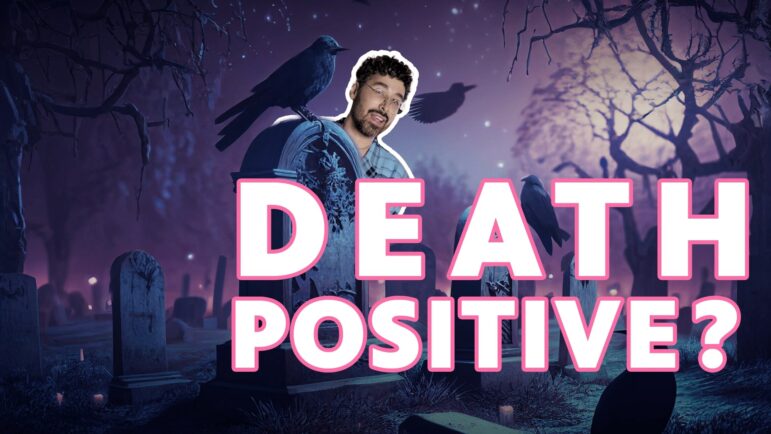
In a July episode, Velasquez covered a movement that encourages people to become more comfortable with death, as seen in “DeathTok” videos that can be comedic or introspective. “Their goal is to help people accept and understand the inevitable. Death is coming for us all, babes,” Velasquez said. He expounded on his experience with accepting his grandmother’s diagnosis of dementia.
Velasquez has a combined 500,000 followers on his Instagram and TikTok accounts. The first two episodes of Dead and Buried have garnered 35,000 views and more than 70,000 views, respectively. The following two episodes are hovering around 5,000 views, emblematic of the peaks and valleys that come with YouTube. Nonetheless, HPM considers the program a success and is proud of its host. Velasquez “just ended up being the perfect host for the show because of his personal experience, his work experience and his youthful fan base,” Geraci said.
‘Ritual is just part of the daily reality’
The regional centers also support subgrantee stations that have pitched their own ideas for series. HPM mentors the production team behind Brave Spaces, led by WNED in Buffalo, N.Y. Hosted by Devin-Norelle, a model, trans advocate and writer, the YouTube show covers LGBTQ+ topics like how gay dads connect with other families, the ballroom scene, drag brunches in Asian communities and the creation of queer-friendly book clubs during the rise of book bans.
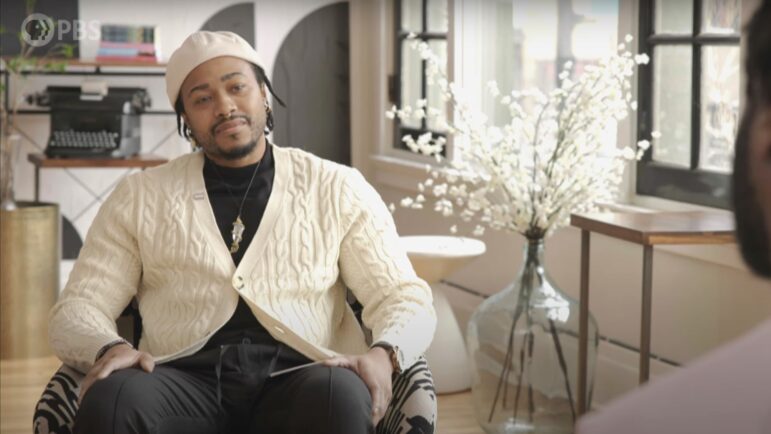
Another subgrantee of HPM is Ritual, produced by Louisiana Public Broadcasting, which previously worked on the PBSDS programs Nourish and Good Gumbo. The Louisiana station was originally going to work on a program about the Chitlin’ Circuit, the chain of performance venues catering to Black performers and audiences. But producers pivoted to Ritual because PBSDS felt the idea was slightly stronger, according to Emma Reid, co-producer and director.
Ritual taps into Louisiana lore, from hoodoo to Haitian soup to ancient Indigenous rituals and river baptisms. It expands on that history with help from researchers and practitioners. Its most popular episode, currently at more than 370,000 views, discusses burial practices created by Black people. So far, Ritual has achieved the most YouTube views out of all the regional center projects.
“Being in the south, ritual is just part of the daily reality,” said Avery White, co-producer and director for Ritual. White said studying the work of Joseph Campbell, the writer and scholar who studied folklore, mythology and religion, “was a big influence on the project.” “He looks into the way that mythologies across cultures and throughout history have emerged,” she said.
Ritual is hosted by Tarriona “Tank” Ball, leader of the Grammy-nominated musical group Tank and the Bangas. The New Orleans–based group won NPR’s Tiny Desk Contest in 2017, which led to its own Tiny Desk performance. D. Ray Washington, director and EP for Ritual, said getting Ball to host the program “was a sure stroke of luck,” adding that she was excited to host the minute LPB approached her.
White said they first considered Ball because her band’s 2022 album Red Balloon discussed some of the core themes in Ritual, such as “the power of our ancestors and being resilient despite some pretty horrifying historical truths about the South.”

“Each episode was kind of in its own way intended to be a poem about a different ritual, a visual poem. The narration is very lyrical and poetic. Our shots are very poetic. Our B-roll is very poetic,” White said. “As a poet and a performer, a Black woman from the South, a culture-bearer … [Ball] was kind of the perfect conduit for this message.” She can also inject fun and humor when needed to balance the show’s heavy topics, White said.
HPM Digital EP Tamar Price serves as digital EP for Brave Spaces and Ritual. Both programs have succeeded, she said, because they reached new demographics for public media. PBSDS didn’t hand down hard mandates about how many viewers to attract but emphasized that it wanted to serve a variety of demographics.
“Ritual reached a new audience for [PBSDS]. There are a lot of Black women who watch, which is an audience that DS had been trying to reach,” Price said. “And with Brave Spaces, there’s a queer audience.”
‘One of those great serendipitous things’
Rocky Mountain PBS was one of the three primary grantees of the regional centers initiative but ended up pulling out of the project before it was able to produce a series.
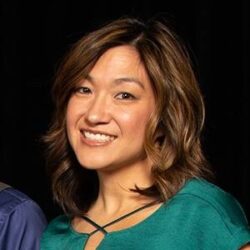
Kelly Flink, chief audience development officer for the Denver station, said the organization quit the program because the digital EP it hired left the station. Once those responsibilities fell to Flink, her team realized that it wouldn’t be able to meet PBSDS’ timeline for deliverables.
The idea RMPBS had in mind before its digital EP left was about “people coming together, different cultures of people, sitting down with their own families and discussing topics that might be controversial,” Flink said, such as topics related to politics and democracy.
“We were going to have dinner with eight different families, and they were going to discuss at the dinner table their thoughts and ideas around these topics,” Flink said. RMPBS filmed a pilot episode without a host, but Flink said PBSDS advised that a host would likely be needed to steer the conversations.
During its brief tenure in the program, RMPBS was assigned to support production of Hip Hop and the Metaverse from PBS SoCal in Los Angeles, hosted by Robeson Taj Frazier, an associate professor of communication for the University of Southern California. PBS SoCal instead produced five episodes this year under PBSDS’ supervision. RMPBS had also been slated to oversee a show about Native Americans from New Mexico PBS.
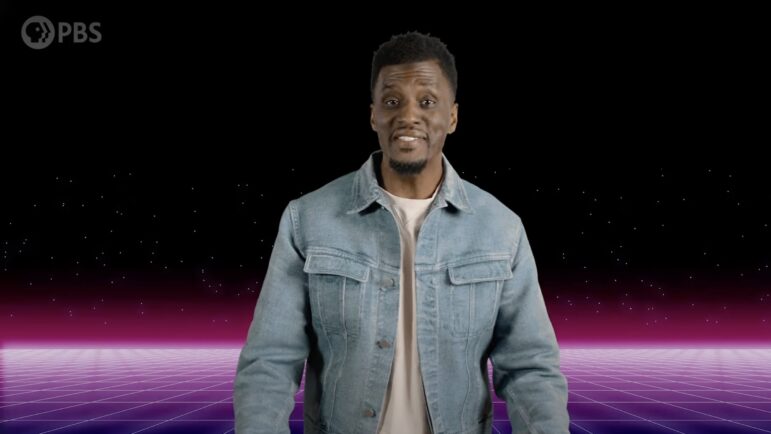
After it left the initiative, PBS North Carolina was assigned the upcoming Indigenous-focused program from New Mexico, tentatively named Sovereign Innovations. It will be hosted by Cheyenne Bearfoot, a producer for KQED in San Francisco.
In addition to overseeing South Carolina ETV’s Citizen Better, a civics program to be released later this year, PBS North Carolina has already created Rogue History, a series about historical outlaws that just finished its second season. The series capitalizes on the station’s previous experience of producing Overview, a PBSDS science program.
The debut episode of Rogue History, “What Pop Culture Gets Wrong About Pirates,” has nearly 125,000 views. Another episode with nearly 140,000 views focuses on the Japanese Sea Lords. It mentions One Piece, a popular anime series and manga that features characters who refer to the Sea Lords. In comments on the video, some viewers discuss how One Piece introduced them to the history.
Rachel Raney, director of national productions for PBS North Carolina, said the idea for a series primarily focused on pirates predates the station’s participation in the regional centers initiative. When working on national productions, the station aims for ideas that have a local angle and mass appeal.
“It’s one of those great serendipitous things that happens, when you have this thing you want to do but you don’t have the resources to do it, and then this opportunity comes along,” she said. “North Carolina has this really rich pirate history. You go to the North Carolina coast and there’s pirate museums and pirate storytelling around the campfire at state parks, but it’s something that is pretty universally popular around the country and the world. People are pretty obsessed with pirates and pirate stories.”
The first Rogue History season focused on pirates, while the second covers espionage and spycraft. Joel Cook, an historical research fellow at East Carolina University, hosted both seasons.
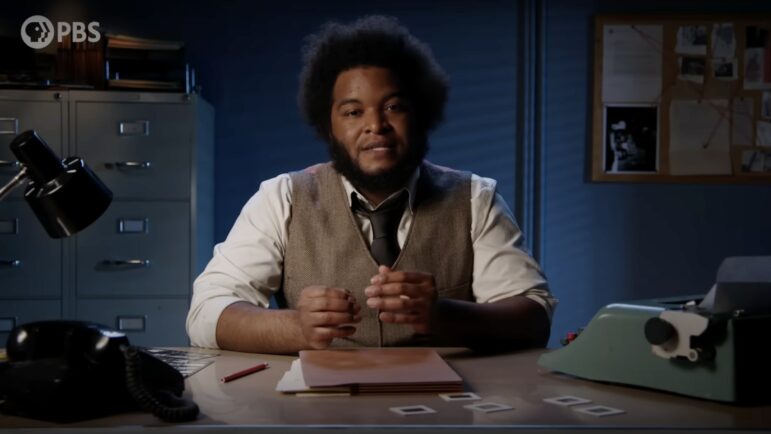
“The host is a key ingredient,” said Greg Jeske, the digital EP hired by PBS North Carolina. “He has a background in military intelligence, history and maritime archaeology. When you think about pirates and him being educated within the university system in North Carolina, it was a big win for us.”
Cook being Black and on the younger side also fit perfectly with PBSDS’ wish list for a host. Cook helped write episodes of Rogue History and acts as “the main editorial stakeholder that kind of drives the editorial content,” Jeske said.
‘PBS Digital Studios’ superpower’
HPM will finish its first season of Dead and Buried later this year. It’s working on a second series to premiere in spring 2024.
“We’ve learned production-wise what is the most streamlined way for us to create something. We’ll definitely be taking that into account for the next show,” Price said. Since the Dead and Buried host lives in Los Angeles, HPM has learned how to produce a program where staff and the subjects aren’t always in the same room.

LPB does not have immediate plans to produce more episodes of Ritual, though producers are hopeful that a second season could be greenlit.
“It was a really ambitious project, so we’re just taking a long hard look at whether we have the capacity, funding and time,” White said. “It’s really hard to do a show like this well and beautifully and really stick to the commitment of nuance and being unusual. We were able to do that in the South partially because we stayed close to home for a lot of those episodes … so if we don’t want to be repetitive on a second season, we’d really have to take a look at our budget and capacity to go further out into the South.”
Raney, head of national productions for PBS North Carolina, said the regional centers initiative helped the station’s team “really become YouTube experts.” She and Jeske are aiming for a successful launch of its subgrantee programs Sovereign Innovations and Citizen Better, the latter to be hosted by KJ Kearney, founder of the James Beard–nominated social media initiative Black Food Fridays.
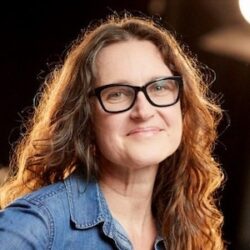
“That is PBS Digital Studios’ superpower,” Raney said. “It is creating engaging series with amazing hosts who are cool, relatable and authentic in the way in which they relate to the audience, but the episodes themselves and scripts are full of educational material.”
There are no immediate plans to start a second round of regional centers, according to PBSDS’ Lopez. But HPM, WNED in Buffalo and PBS North Carolina plan to share lessons about their mistakes and successes next year in a series of in-person and hybrid workshops for stations. PBSDS will also create workbooks and guides.
“I want the stations that participate in this program to continue to share what they learned from this,” Lopez said. “The largest goal is getting the entire system to move in a direction where digital original content feels more natural and embraces best practices.”
Corrections: An earlier version of this article incorrectly said that the second season of Rogue History focuses on outlaws. It is about espionage and spycraft, according to Rachel Raney, PBS North Carolina’s director of national productions. The article also incorrectly said that the second season of Rogue History has ended. The last episode will be released Feb. 1.








